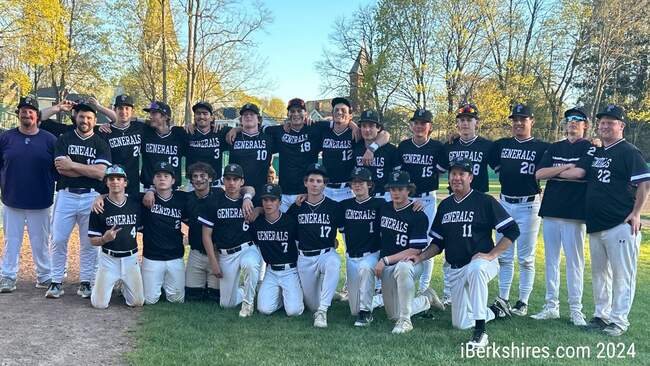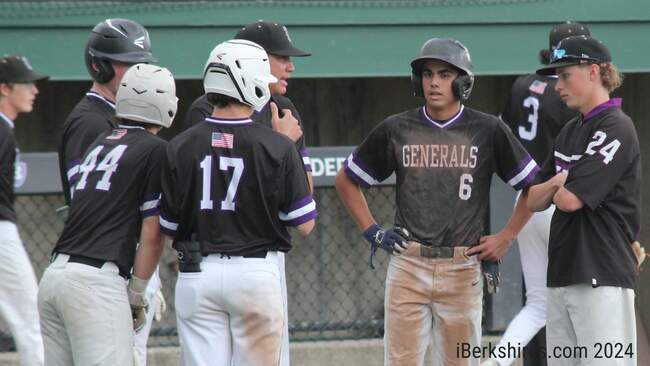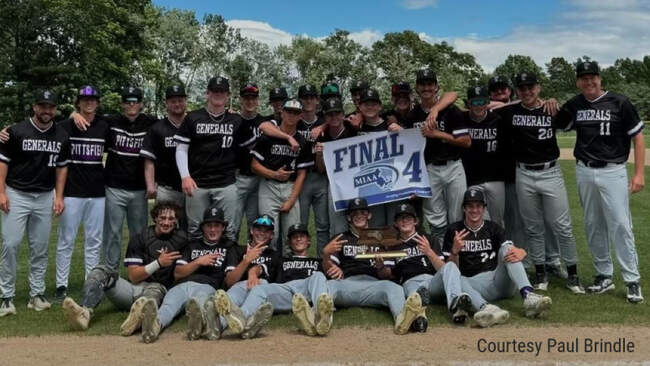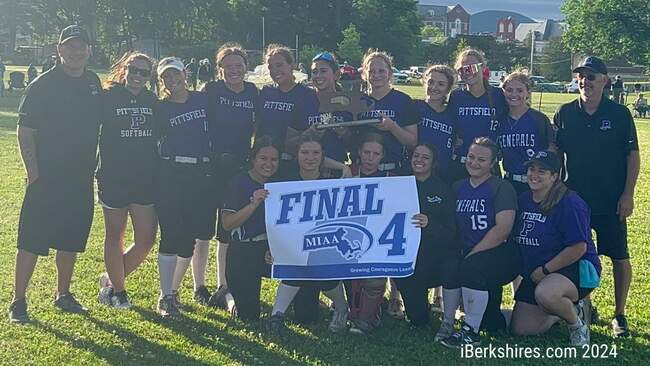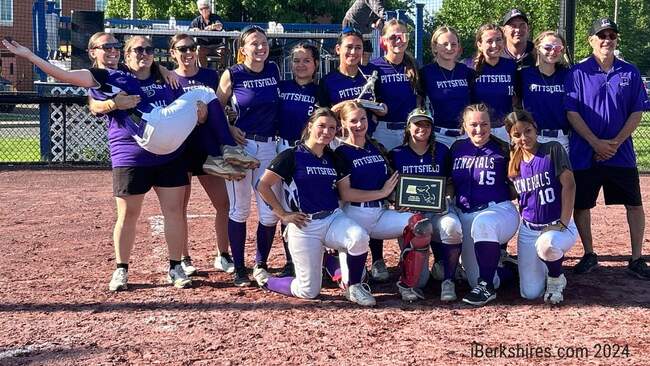
SVMC to Close Connector Between Hospital and Medical Office Building
 |
BENNINGTON, Vt. — Patients who use the connector between the hospital and Medical Office Building will be asked to take an alternate route starting Monday, Nov.14, 2022, when the connector will be closed for construction.
Patients are encouraged to use the Canopy Entrance for all entrances and exits of the hospital. This may require that patients repark between appointments in these two buildings. The closure is a necessary part of a significant renovation and expansion of the main entrance and Emergency Department. The connector is expected to remain closed until May 2023.
"Very few patients—only those who have two appointments, one each in the hospital and medical office building, sequentially on the same day—rely on this route," said Pamela Duchene, chief nursing officer and vice president for Patient Care Services. "We are asking them to please use the Canopy Entrance for hospital appointments during the construction and appreciate their patience with this important project."
The Canopy Entrance is accessed using the second right turn for patients entering the hospital campus from Dewey Street. It is the preferred entrance for patients—including those using the emergency department, laboratory, imaging, surgery, endoscopy, and sleep studies—and visitors to inpatient units.
Amenities available at the Canopy Entrance include trained staff to direct patients to the department they need and a shuttle to nearby parking. The shuttle circulates the campus 7 a.m. –7 p.m. Monday – Saturday. Shelters for patients waiting for a shuttle are located in the most frequently used lots. Prominently marked pedestrian walkways are open for patients who would like to walk.
Visit svhealthcare.org/
An alternate construction ramp will be available to staff, who will also be able to aid patients experiencing an emergency that requires more direct access to the Emergency Department.
The Emergency Department Renovation and Expansion will nearly double the size of the current Emergency Department, which was designed to accommodate 14,000 patient visits a year but currently sees nearly 25,000 annually. The project will further enhance patient safety, infection prevention, and patient privacy. Vertical treatment areas will allow for highly efficient treatment of low-acuity conditions. The project also includes an expansion to the Emergency Crisis Area for those experiencing mental health distress and increased telehealth connectivity with Dartmouth-Hitchcock.
Outside the Emergency Department, the project includes renovations of the Main Entrance, outpatient registration area, the Imaging Department waiting area, and the phlebotomy and laboratory upgrades. A new connector will provide improved access to SVMC ExpressCare and the Respiratory Evaluation Center and the Medical Office Building to the hospital.
Regular updates on the project are available in SVHC's weekly e-newsletter, on social media, and on the health system's website, svhealthcare.org/

Tags: svhc, SVMC,

